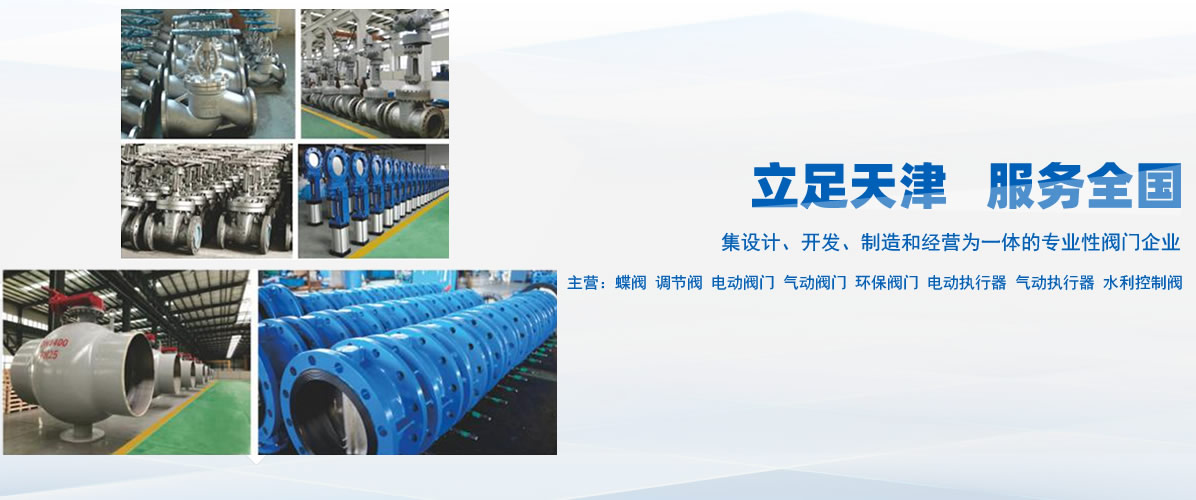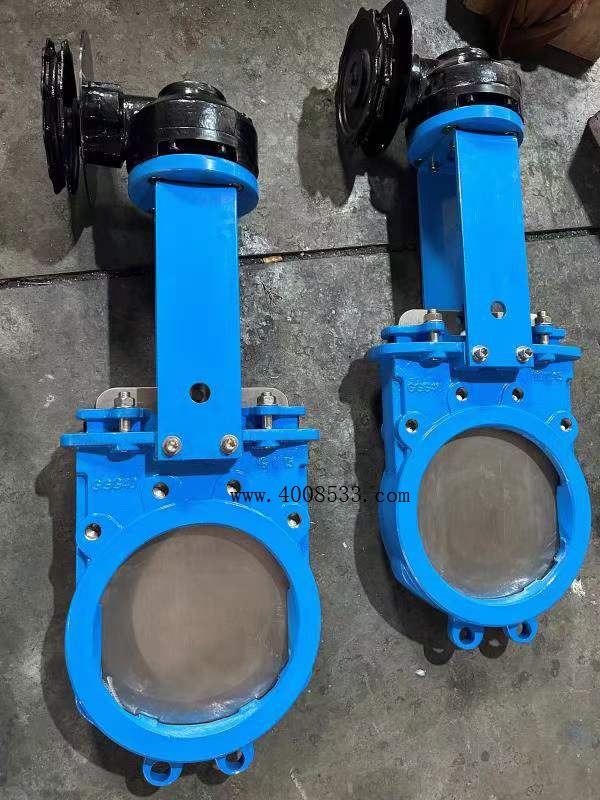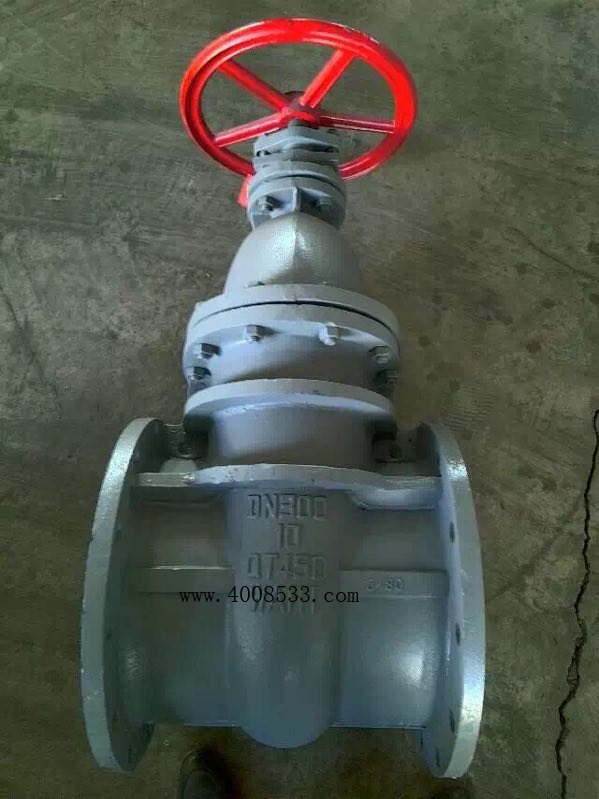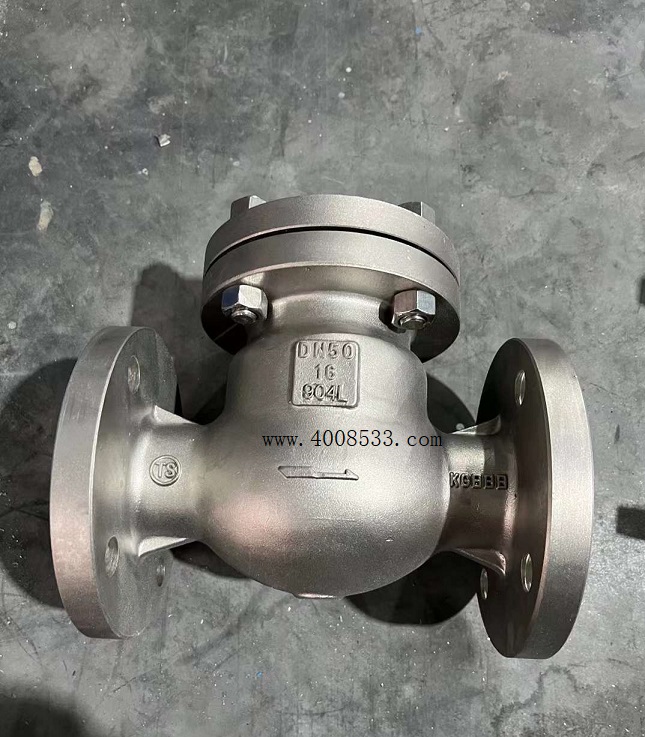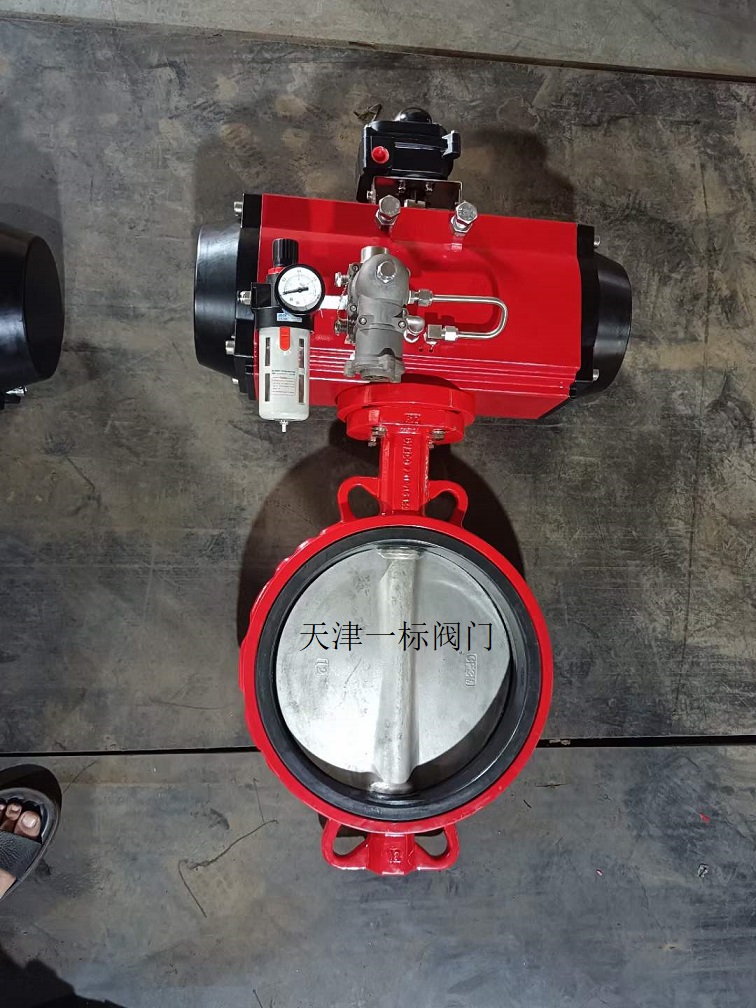power station valve
Power station valves mainly include:
Condensation system
1. Condenser circulation control valve
Like most centrifugal pumps, condenser pumps require a minimum flow rate to avoid overheating and protect the pump from cavitation damage. Therefore, an additional circulation loop is added from the pump outlet to the return condenser, where the fluid temperature ranges from 38 ℃ to 66 ℃ and the pressure ranges from 400Psi to 600Psi.
The condenser circulation valve must be able to absorb the entire pressure drop. Such a high pressure drop can cause cavitation in an ordinary valve.
2. Deaerator level control valve
The function of this valve is to ensure the liquid level of the deaerator. It controls the flow of water from the condenser to the deaerator. The working condition of this valve varies directly with the load. When starting, the pump load is very small, and the inlet pressure of the valve is high while the outlet pressure is low. This is because the pressure in the deaerator has not yet been established. In this case, it is necessary to avoid cavitation. The flow rate is small, and when the factory load increases, a large flow rate is required. The condenser pump no longer maintains the same pump pressure head at larger flow rates. This leads to a decrease in valve inlet pressure.
At the same time, the pipeline is forming pressure on the deaerator, which will in turn act on the valve. To maintain a high flow rate under lower pressure drop, a valve with high flow capacity is required to reduce the resistance acting on the valve internals. Control requirements: provide flow to maintain the normal water level of the deaerator, and eliminate dissolved gases in the water by adding steam to increase the water temperature. Operating conditions: During the start-up phase, the flow rate is small and the pressure difference is large. Under normal circumstances, the flow rate is large and the pressure difference is small. The operating conditions are similar to those of a water supply valve. Valve requirement: Effective resistance to cavitation at lower flow rates.
Boiler feedwater system
Working condition requirements: When the boiler starts, the valve pressure difference can reach 100-300 kilograms, with a small flow rate. During normal operation, the pressure difference is small, with a large flow rate, and the flow rate can be adjusted to a ratio of 75:1-100:1. It should be noted that in general, hydrazine is added to the water supply to eliminate dissolved oxygen, which can cause adverse reactions to SATELLITE 6 alloy or other similar alloys. Therefore, it is best not to use the 316+TELLITE welding method to treat the valve internals. Instead, 416 stainless steel material can be directly used
1. Boiler feedwater pump circulation control valve (also known as minimum flow control valve)
During start-up and shutdown, the feedwater pump needs to maintain a minimum flow rate to avoid damage. In addition, when the boiler water supply exceeds the required amount, the excess amount will be directly returned to the water supply tank through the open circulation valve. Ensure the safe start-up and operation of the boiler feedwater pump, and eliminate pump damage caused by low flow rate, increased temperature rise, and strong water cavitation
The pressure drop reaches 160-350 kilograms, making it the valve with the largest pressure difference in the power station system, and the flow rate is generally 30% of the normal flow rate.
There is usually a very high pressure difference between the pump outlet and the feedwater tank, which is reduced through a multi-stage pressure reducing minimum flow valve. According to this requirement, this valve needs to be able to operate in both switch mode and continuous control mode.
The internal components of the valve are in the form of a balanced plunger. Anti blocking structure, using labyrinth or cascade pressure reduction or circulating convection valve cage to achieve pressure reduction to avoid cavitation. The number of pressure reduction stages is selected according to different pressure differentials, and the sealing level must be V level. When the pump starts and stops running, the valve works continuously. After the pump starts normally, the secondary valve closes, so it is usually a fault opening.
2. Main feedwater control valve
If the feedwater pump does not have speed control, the feedwater control valve is used as the control valve at 100% load. Water supply control valves are often used during boiler load start-up (with or without variable speed pumps).
Stable control and good tracking performance
Specially designed sleeves and valve cores for water supply valves to achieve tightness and high durability
During small opening control, standard labyrinth valve internals and porous cage valve internals will suppress cavitation
In this valve, there are two opposing functions
When operating at full load, this valve is used to achieve the expected optimal efficiency with the minimum pressure drop and maximum flow rate
During boiler start-up, there is a high pressure difference and low flow rate. In order to meet the above two functions, the control valve needs to have a large adjustment ratio, which is equivalent to the function of two valves. 30% of the starting valve (bypass) usually uses labyrinth valve internals, while at full load, a porous cage type with V-level sealing is selected.
3. Boiler feedwater starting valve
Many power plants use a starting valve and a main valve to complete the above functions. The starting valve needs to meet the requirements of low flow and gas corrosion resistance, while the main valve needs to meet the working conditions of high flow and small pressure difference. The labyrinth valve internals can make the same valve meet the requirements of the entire range
The requirements for this valve are
Resistance to cavitation at high adjustment ratios and low flow rates
Low flow resistance at maximum flow rate
The leakage level meets the V-level shutdown requirement
. Fault off
The operating conditions of the boiler feedwater start-up valve and the boiler feedwater pump circulation valve are generally similar, that is, high inlet pressure and full pressure drop. This valve requires anti cavitation and tight shut-off. Unlike the boiler feedwater pump circulation valve, this valve does not require anti cavitation protection during the operation of all valves. Therefore, the cage valve with labyrinth valve core can meet this operating condition. Normally, we recommend using small-diameter angle valve structure labyrinth valve internals.
4. Temperature reduction spray control valve
In order to control the temperature well in the last stage of the superheater, efficient spray valves are required. Similarly, in steam cooling devices, it is necessary to consider the situation where the cooling water sometimes needs to be closed. At this time, high pressure acts on the components, and a large pressure drop passes through these valves. Considering such a high pressure drop, various types of throttling plungers can be used to meet it.
Use a porous primary valve assembly when the pressure exceeds 300PSI. When the pressure exceeds 600 PSI, a two-stage pressure reducing valve component is used. When the pressure exceeds 900 PSI, a porous three-stage pressure reducing valve component is used, which adopts the form of labyrinth valve internals. The multi-stage and labyrinth valve internals commonly used in these valves adopt a sealing seat form that can be quickly replaced, which ensures easy maintenance under heavy cleaning conditions. This structural design allows for the replacement of the valve seat and plunger to be completed in a very short time
5. Regular and continuous blowdown valves for boilers
High temperature, high pressure difference, anti cavitation, preferably angle valve.
Main steam system
The main steam system consists of steam cycle components from the boiler outlet to the condenser, which includes the superheater, high-pressure turbine, reheater, low-pressure turbine, and finally exhausts all the energy of the steam and returns to the condenser to start a new process.
Five important typical valves are applied in this main steam system, including spray control valves for superheater and reheater temperature reduction, bypass valves for high-pressure and low-pressure turbines, and soot blowing control valves
All of these involve various complex operating conditions, including high pressure, high temperature, cavitation, noise, type of boiler, form of storage tank, and whether they are directly connected, all of which have a significant impact on the control valve.
Directly discharged supercritical boilers are usually larger units that require larger valves, which also operate at higher main steam pressures. In addition to the mentioned valves, there are also some special valves used in directly discharged boilers.
Heater water delivery system
In a typical power plant, there are two sets of feedwater heaters. The low-pressure heater enters the deaerator when it is heated to near saturation from the condenser pump. The other set is called the high-pressure heater, which heats the deoxygenated water from the feedwater pump. In this way, the high-pressure and near saturation deoxygenated water enters the boiler. The working principle of the two systems is the same, but the difference is the heating medium. In low-pressure heating, the steam discharged from the low-pressure turbine is commonly used. The high-pressure heater uses superheated steam from the reheating section. The feedwater heater is an exchanger consisting of a casing and heat pipes. After steam enters, it cools and condenses into liquid. In this process, heat is transferred to water. The level of condensation in the heater needs to be controlled efficiently, so the drainage system is quite refined. In two sets of heater systems, drainage can cause vacuum in the condenser. This problem is that the condensed water will lose pressure and flash evaporation after being discharged to the condenser. The fluid used for flash evaporation can cause damage to control valves and pipelines. When selecting this valve, the focus should be on low flow resistance and minimizing the flow rate to avoid damage to the valve caused by flash evaporation.

阀门,蝶阀,电动蝶阀,气动蝶阀,不锈钢蝶阀,煤气蝶阀,铜蝶阀 ,船用蝶阀,球阀,电动球阀,气动球阀,偏心半球阀,不锈钢球阀,调节阀,电动调节阀,气动调节阀,电动执行器,气动执行器,切断阀,气动切断阀,电动切断阀,疏水阀,呼吸阀,阻火器,刀型闸阀,闸门,电动阀门,气动阀门,电动闸门,气动闸门,软密封闸阀,电动二通阀,水力控制阀,阀门价格,阀门批发 ,DLE,FESTO,ASCO,SMC,YTC定位器,西门子定位器等产品。





